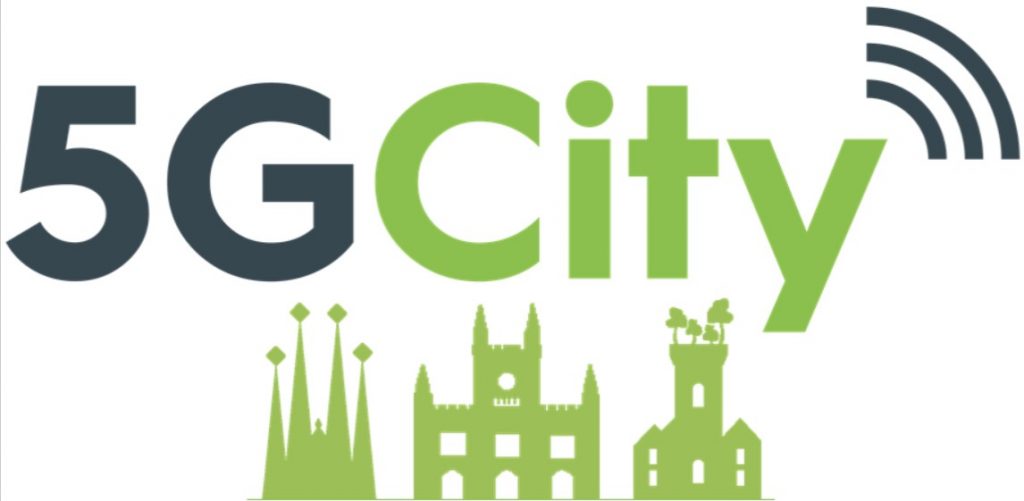

- About us
- Getting Involved
- Plans & Papers
- Events
- European 5G Activities
- Media & News
- Contact
5GCity new blog post on NFV Orchestration Platform
With the emergence of 5G, a radical change on the information and Communication Technology (ICT) is observed. Networks are evolving quicker than ever toward smart systems featuring low latency, huge traffic volume and higher data rates. 5G promises to deliver low latency and high bandwidth to a diverse set of services and emerging application, and the billions of new devices that are coming online. This will require the development of massive, powerful heterogeneous infrastructure capable of handling complex operation to support the increasingly less predictable traffic and resource patterns. Improving the flexibility of network management is a key requirement of 5G, and Software Defined Networking (SDN), Network Slicing and Network Function Virtualization (NFV), due to network programmability capabilities, are considered as key components of 5G technology, as well as cloud-enabled solution promises effective means to realize future communication goals. With the help of softwarization techniques and cloud/edge processing capabilities, benefit such as increased resource pooling, scalability, layer interworking, and spectral/cost efficiency are achievable.
In such a diverse ecosystem, a management and orchestration layer is essential to empower network operators to flexibly/automatically manage network elements and services. 5GCity defines how to turn a city into a distributed and multi-tenant edge infrastructure, which uses orchestration and service programming to integrate 5G services administered by a neutral host.
Read more here.







Share On